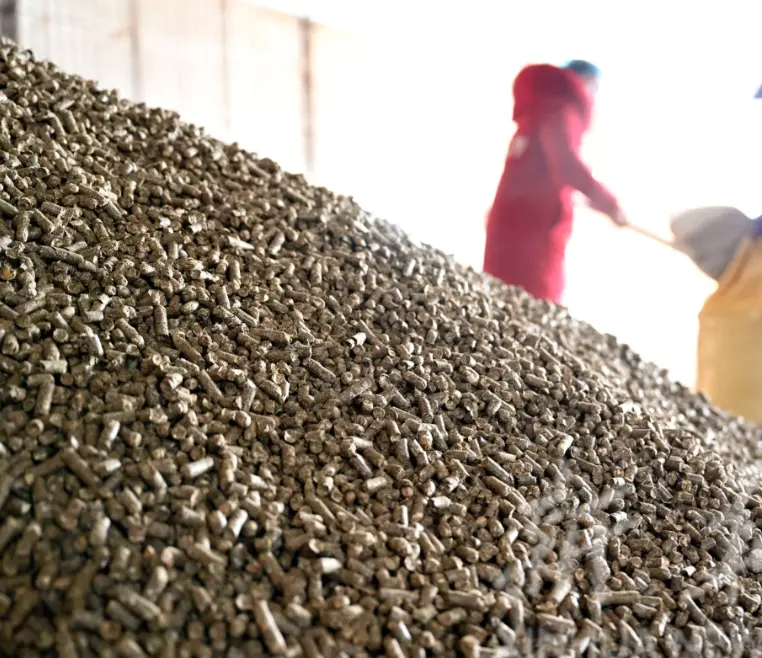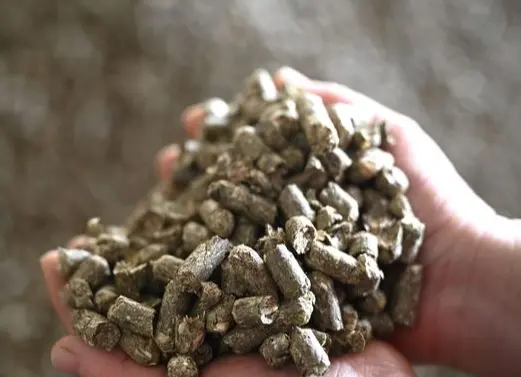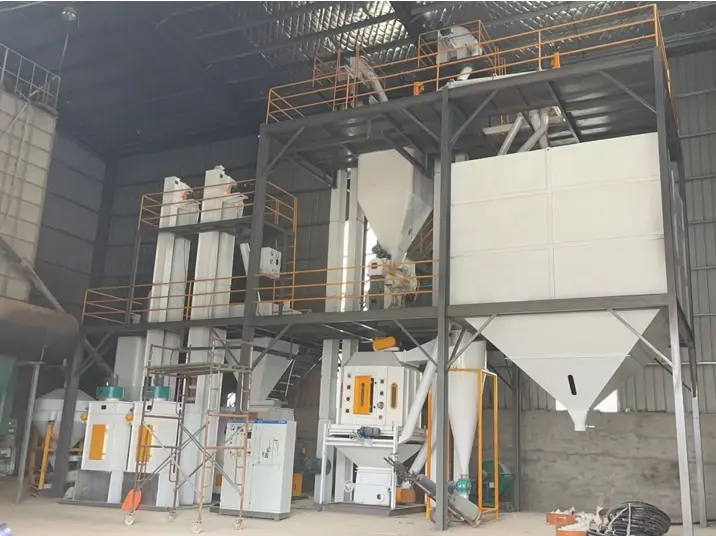
Coconut Shell Pellet Machines:
Coconut shells, byproducts from coconut-related industries like milk, oil, and desiccation, are valuable. Traditionally used for charcoal and crafts, they’ve gained traction as a renewable energy source. Pelletizing coconut shells enhances their utility, optimizing size, density, and moisture for efficient energy production.
Property of Coconut Shells
|
Coconut shells
|
As received
|
On dry matter
|
|
Moisture content
|
15-16%
|
0%
|
|
Ash
|
0.5%
|
0.6%
|
|
Chlorine
|
0.09%
|
0.11%
|
|
Sulfur
|
0.02%
|
0.03%
|
|
Carbon
|
43.2%
|
51.2%
|
|
Hydrogen
|
6.6%
|
5.7%
|
|
Nitrogen
|
0.11%
|
0.13%
|
|
Gross calorific value
|
4,800kwh/MT- 17.18GJ/MT
|
5,6500kwh/MT- 20.35GJ/MT
|
|
Net calorific value
|
4,400 kwh/MT-
15.74 GJ/MT
|
5,300kwh/MT- 19.10GJ/MT
|

Coconut shells possess properties ideal for biomass utilization. Their moisture content ranges from 15-16%, dropping to 0% in dry matter. With minimal ash (0.5-0.6%), and trace amounts of chlorine, sulfur, and nitrogen, they contain substantial carbon and hydrogen. Their gross calorific value spans 4,800-17,180 kWh/MT and a net calorific value of 4,400-15,740 kWh/MT.
To transform coconut shells into pellets, a specialized machine is essential. XUEZAO MACHINERY offers high-quality coconut shell pellet mills. These machines handle coarse materials like coconut shells, oil palm shells, and EFB, offering models like the XZLM400 Electric Coconut Shell Pellet Mill and the XZ-400D Diesel Coconut Shell Pellet Mill, catering to varied capacities and power sources.
Available machine models, flat die pellet machine, ring die pellet machine
flat die pellet machine:
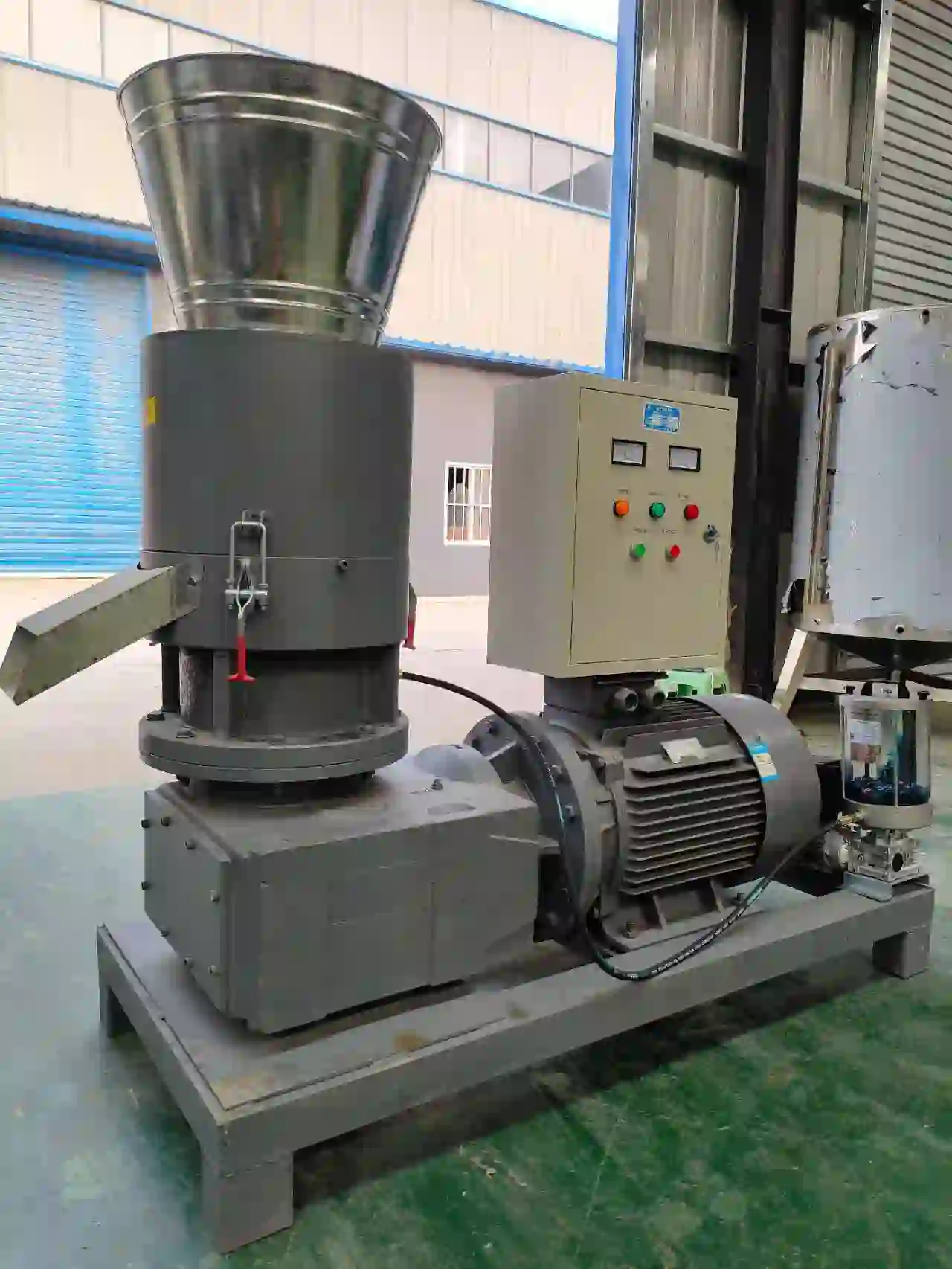
| Model | Dimensions | Power | Capacity |
| Model 200 | 1200∗400∗1100 | 7.5kw | 80−100kg/h |
| Model 250 | 1300∗500∗1250 | 15kw | 100−200kg/h |
| Model 300 | 1600∗600∗1350 | 22kw | 200−300kg/h |
| Model 400 | 1700∗700∗1450 | 30kw | 400−500kg/h |
| Model 500 | 1810∗760∗1680 | 45kw | 600−700kg/h |
| Model 600 | 1880∗850∗1750 | 55kw | 750−850kg/h |
ring die pellet machine:
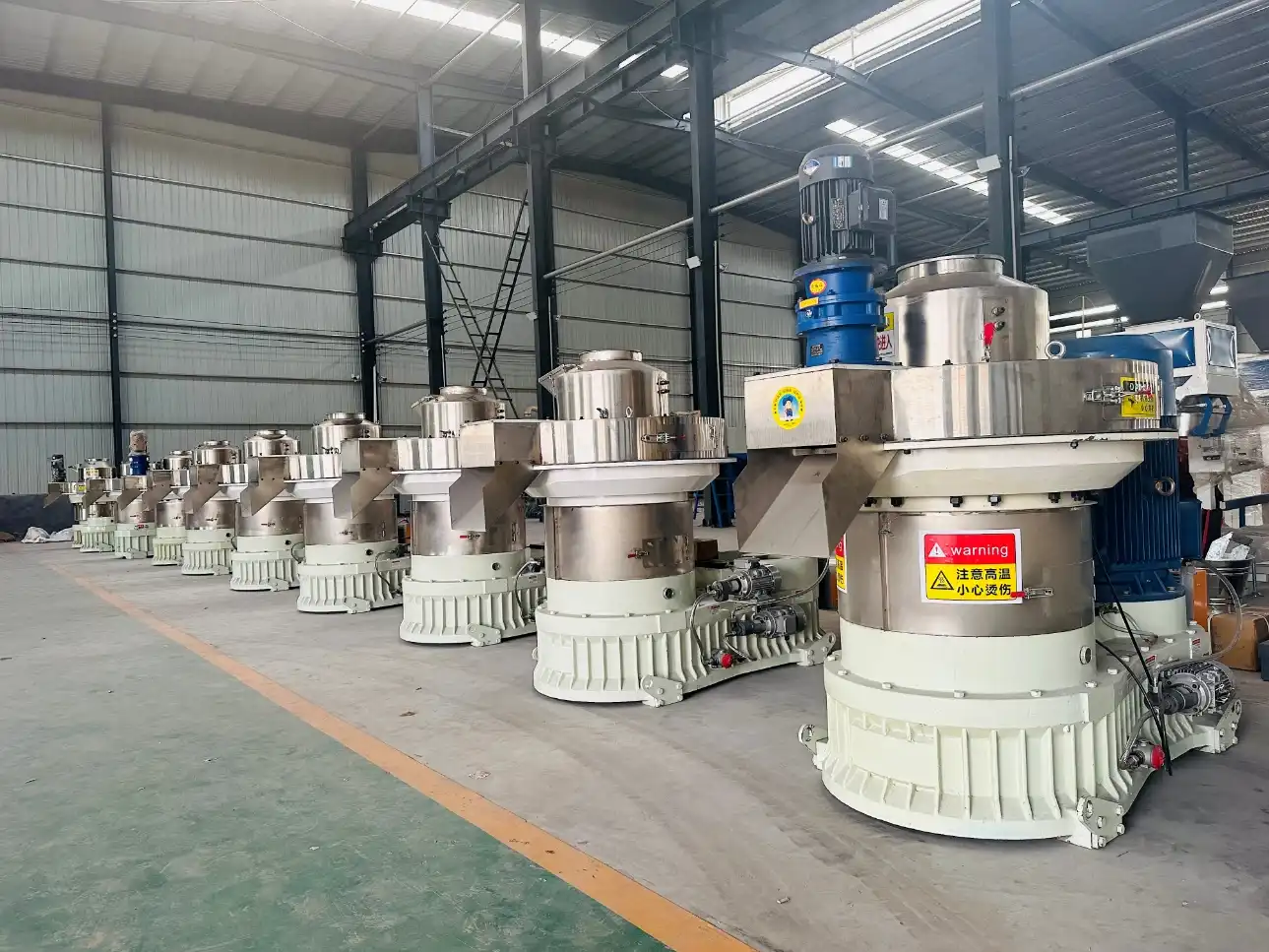
| Model | Capacity (t/h) | Motor Power (kW) | Pellet Diameter (mm) | (Weight (kg) |
| XZ-450 | 0.5-0.6T/H | 55kW | 6-12mm | 3.5T |
| XZ-470 | 0.6-1T/H | 75kW | 6-12mm | 4T |
| XZ-560 | 1-1.2T/H | 90kW | 6-12mm | 5.8T |
| XZ-580 | 1.5-1.8T/H | 110kW | 6-12mm | 5.9T |
| XZ-650 | 1.8-2T/H | 132kW | 6-12mm | 6.5T |
| XZ-700 | 2.5-2.8T/H | 160kW | 6-12mm | 7.5T |
| XZ-750 | 2.8-3T/H | 185kW | 6-12mm | 7.8T |
| XZ-850 | 3-3.5T/H | 250kW | 6-12mm | 11T |
| XZ-880 | 5T/H | 315kW | 6-12mm | 16T |
Pelletizing necessitates specific raw material conditions: size below 5mm and moisture content at 12-15%. Preparing coconut shells involves using a hammer mill to reduce their size and a drying machine to lower moisture levels. The resulting dried coconut shell powder feeds into the pellet machine, producing finished coconut shell pellets.
The pellets exhibit desirable characteristics: moisture content at 5-7%, ash content ranging from 7-9%, and a calorific value between 6,500-8,000 kcal/kg. XUEZAO MACHINERY commits to quality, fostering long-term client relationships, ensuring efficient coconut shell pellet production. Additionally, they assist in biomass pellet manufacturing from various raw materials.
Investing in coconut shell pellet production promises a sustainable energy source. XUEZAO MACHINERY’s commitment to quality machinery and support positions them as a reliable partner in the renewable energy sector. If you’re considering biomass pellet production, their expertise extends beyond coconut shells, catering to diverse raw materials.
Coconut shell pellet production is not merely a waste-to-energy solution; it’s a step towards sustainable practices. XUEZAO MACHINERY dedication to quality machinery and customer success underscores their contribution to a greener, more energy-efficient future. Contact them to embark on your biomass pellet production journey.
WhatsApp:+86 155 1568 5805


